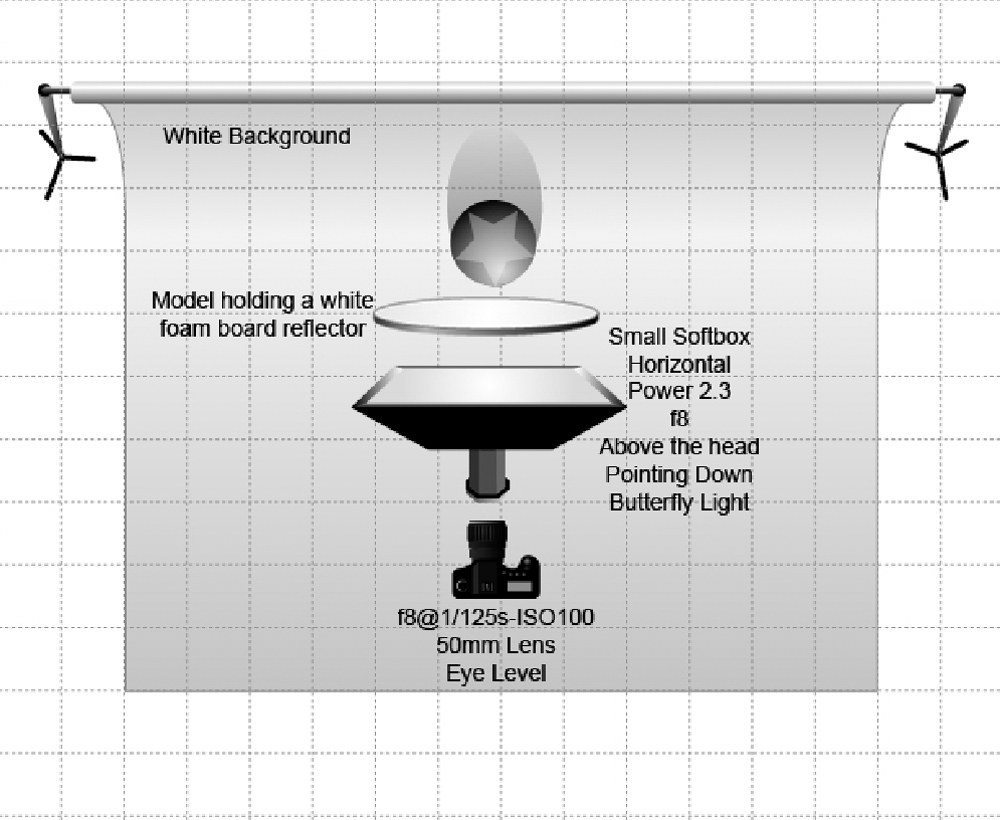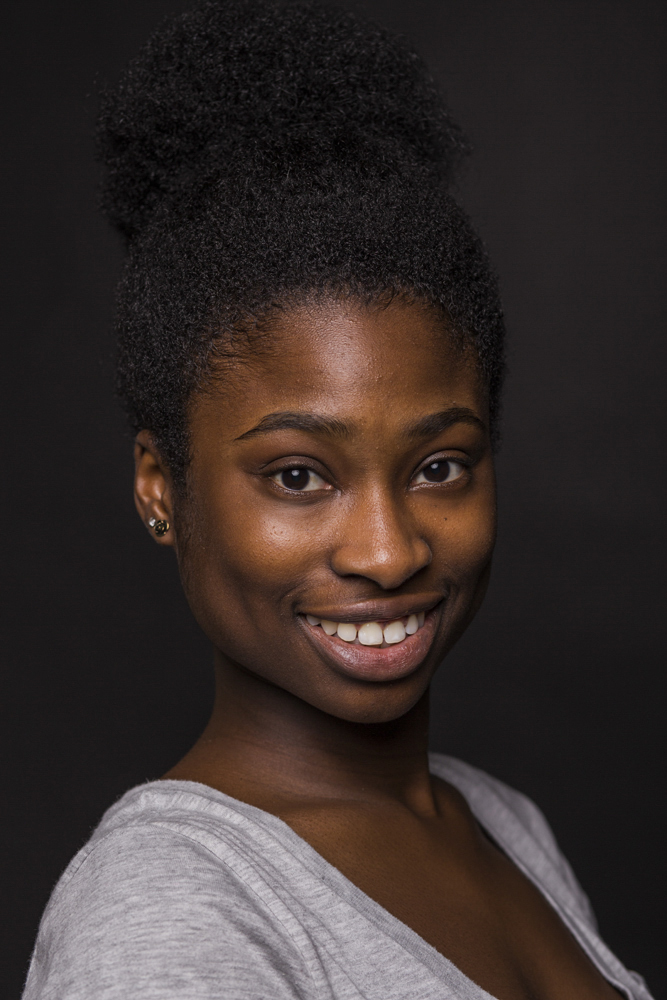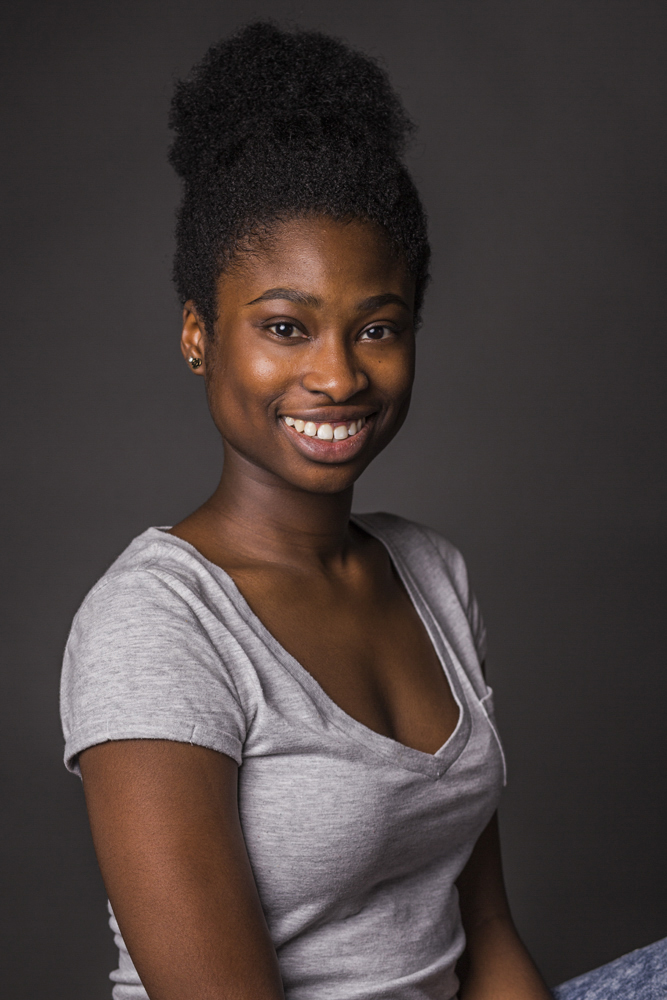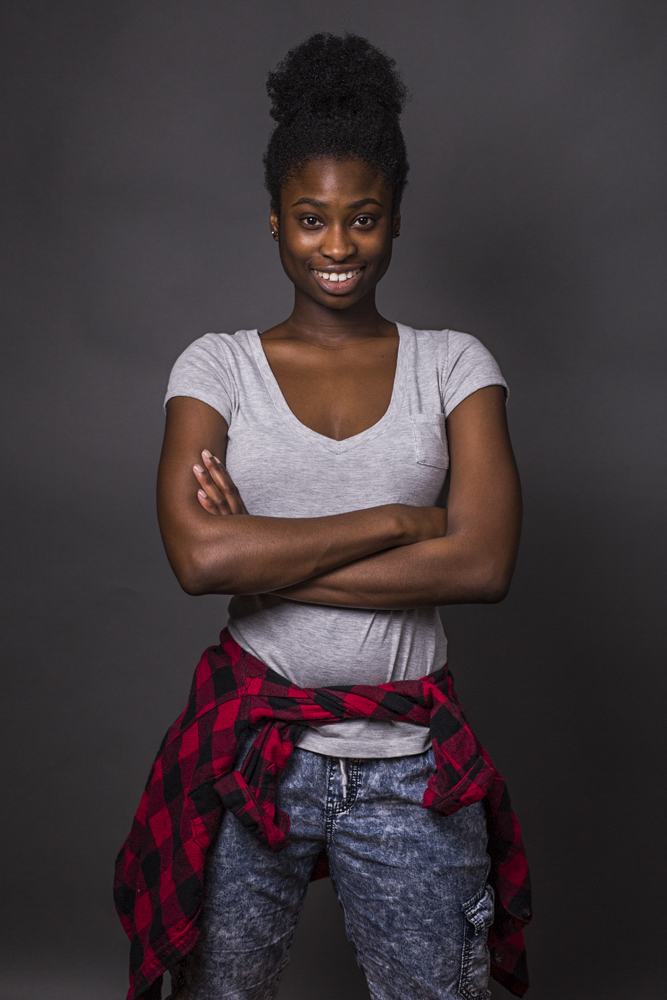Studio Photography is typically any photography taken in the studio with lights...but studio lights can be taken out of the studio as well. While I was in school we learned a lot about studio photography and the technical settings behind it.
Anyone who knows how to properly use a camera can take photos outside but not everyone can just walk into a studio and start using studio equipment without any training. Studio photography is much more challenging and technical than outdoor photography and that's why many photographers prefer shooting outdoors or with natural light than using artificial light in the studio.
It combines the knowledge of photography and using the camera with the knowledge of using studio equipment. Photographs taken in the studio are amazing and the possibilities of what you can create are endless!
There's so much to say about studio photography but I'm going to try to keep it simple. Here's a little bit more about studio photography and some pros and cons compared to outdoor photography (check out my outdoor photography blog here).
Types
There are so many different things you can photograph in a studio, like:
- Portrait
- Still Life
- Fashion
- Food
- Animal
- Action
But the most popular type of studio photography that you've probably seen a lot is Commercial Photography - advertisements for clothing, cars, jewelry, and other products.
Equipment
On more complicated shoots you could use tons (literally tons) of equipment when you're shooting. But the basic things you'll need are studio lights.
The most important part about studio lights is the type of light or light modifier you put on it. There are many different types of lights that produce a different quality of light.
Some types of lights and light modifiers are:
- Softbox
- Beauty Dish
- Grid
- Snoot
- Strip Light
- Umbrella
Lighting is crucial in studio photography. The type and combination of light modifiers you choose can change the mood of your photo.
This photo is bright with few shadows
This photo - taken on the same day - is very dark and dramatic just with a change in the background and the placement of light
Some other things you use in the studio are:
- A Backdrop. Basic colours are black and white which can vary in shades depending on how you use the light (ie. white can turn into gray)
- Trigger. Wireless communication from the light to the camera so the light knows when to flash when you take a picture
- Light Meter. A device used to register how strong the light is which tells you what f-stop setting to put your camera on
- Reflector. As I mentioned in the Outdoor Photography blog, reflectors are used to bounce light back into the subject and fill in shadows. You could use just one light and a reflector and the reflector could act as a second light
Lighting Setups
There are 5 basic lighting setups that everyone should start with. These setups refer to where the light is placed in relation to your subject (usually referring to portraits).
⦁ Broad. The nose is turned away from the light and most of the face is lit
⦁ Short. The nose is turned towards the light and most of the face is in shadow
⦁ Split. Half of the face is lit and the other half is in shadow
⦁ Rembrandt. The light is placed at a 45° angle to the subject and a triangle of light appears under the eye
⦁ Butterfly. The light is placed above the face pointing down creating a shadow under the nose and chin
This is a good starting point but you can modify the lighting from there.
Here's an example of a lighting setup that I did for school and what the photo turned out like:

Advantages
⦁ Possibilities are endless. There are sooo many different things you can do in the studio
⦁ Time. The time of day doesn't affect studio photography because it uses artificial light
⦁ Weather. Often a back-up plan to outdoor photography, studio photography can be taken during any weather condition because it is indoors. You can even do a summer themed photo shoot in the winter!
⦁ Control. You have full control of your light source
Disadvantages
⦁ Space. Even if your studio is huge, you still have a limited amount of space compared to outside
⦁ Electricity. Most studio lights need to be plugged in (unless they're battery-powered) which limits the places you can take your studio lights on location
⦁ Artificial Light. Natural light is more appealing than artificial light for some portraits
⦁ Post Production. There is often a lot of post production editing work involved with studio photography
I personally like both outdoor and studio photography for different reasons. It really depends on the subject you're shooting and what you want the end result to look like.
I especially like photos that combine both outdoor and indoor studio elements - like a portrait taken outdoors with studio lighting or a portrait taken in a studio beside a window.
-Orianna








